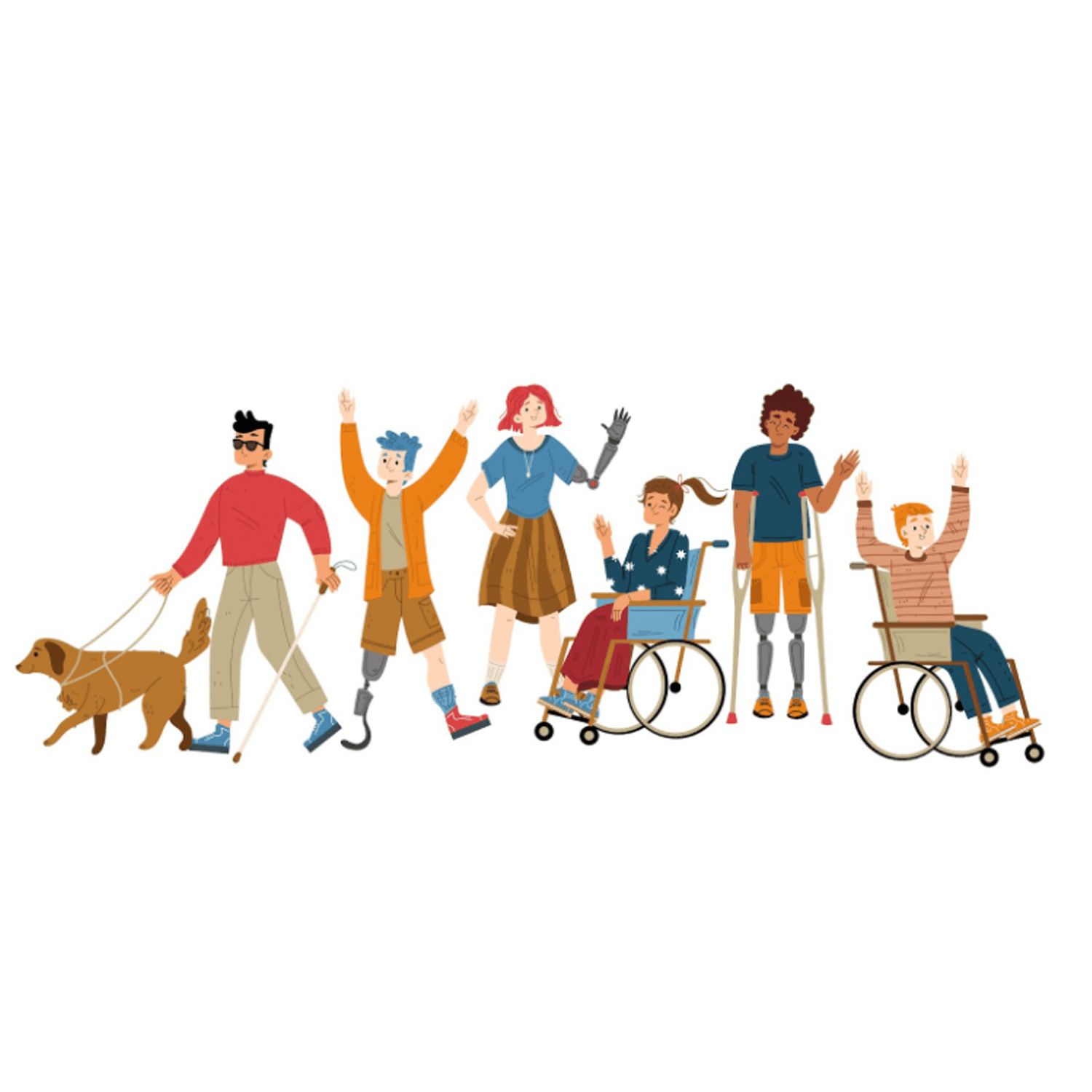India is home to an estimated 2.21% of its population living with disabilities, according to the 2011 Census. Yet, anyone remotely engaged in disability rights, social development, or public infrastructure knows this number is an underrepresentation. What lies beneath is a complex, often invisible landscape of exclusion, systemic oversight, and powerful, untapped potential. In today’s India, the discourse around persons with disabilities (PwDs) is finally gaining momentum, but the journey towards inclusion, dignity, and equity is far from linear.
At every level, structural, social, and economic, people with disabilities face barriers that are both visible and invisible. While the Rights of Persons with Disabilities Act, 2016, was a landmark in legal recognition, the implementation gap remains massive. Cities are still largely inaccessible, assistive technology is either unavailable or unaffordable, and public infrastructure continues to treat accessibility as an afterthought, not a standard.
Consider mobility: a fundamental right for any citizen. In India’s urban spaces, footpaths are broken, ramps are either non-existent or poorly constructed, and public transport is rarely PwD-friendly. The situation is worse in rural areas, where even a basic wheelchair may be out of reach due to cost, awareness, or social stigma.
The Employment Mirage
Corporate India speaks of diversity and inclusion, but disability is often left out of the boardroom conversation. Despite government incentives, PwD employment remains dismally low. A recent survey by the International Bar Association revealed that most companies lack any formal disability inclusion policy. Bias, lack of awareness, and inaccessible workplaces compound the issue.
Even in sectors where PwDs are employed, their roles are often limited to tokenistic, low-skill jobs. This is not for lack of capability, but for lack of vision, both at the policy and corporate levels. Reimagining roles that align with PwDs’ aspirations and talents is not just a moral imperative; it is an economic opportunity waiting to be seized.
What India needs is a comprehensive, intersectional approach to disability. Unfortunately, the current supply, whether in education, healthcare, employment, or accessibility, falls dangerously short. The disconnect between policy frameworks and grassroots realities is glaring. For example, while schemes exist for education and skill development, few are designed with inclusive pedagogy, adaptive content, or accessible formats.
Data from Give Grants and NIUA (National Institute of Urban Affairs) confirms that programs often run without disaggregated data, local customization, or stakeholder involvement, rendering them ineffective. Livelihood programs, while numerous, frequently exclude PwDs due to structural inaccessibility, lack of training, and employer biases.
India cannot afford to treat disability inclusion as a charity or a compliance measure. It must be embedded in the core design of policies, urban planning, education systems, and corporate strategies. Inclusion should not be seen as an “add-on” but as a lens through which all development is filtered.
What we need is:
- Strong accountability and monitoring mechanisms for existing disability laws.
- Massive public awareness campaigns that normalize disability and challenge stigma.
- Incentives for private sector participation in inclusive hiring.
- Community-led models that place PwDs at the center of problem-solving, not on the sidelines.
India stands at a crossroads. It can continue to marginalize millions under the guise of progress, or it can lead to a transformative shift in how disability is understood and addressed. The time for scattered interventions is over. What we need is a bold, integrated, and sustained commitment to inclusion.
Beyond ramps, apps, and job quotas lies something deeper: the right of every individual to live with dignity, independence, and purpose. And that, after all, is what development is truly about.


